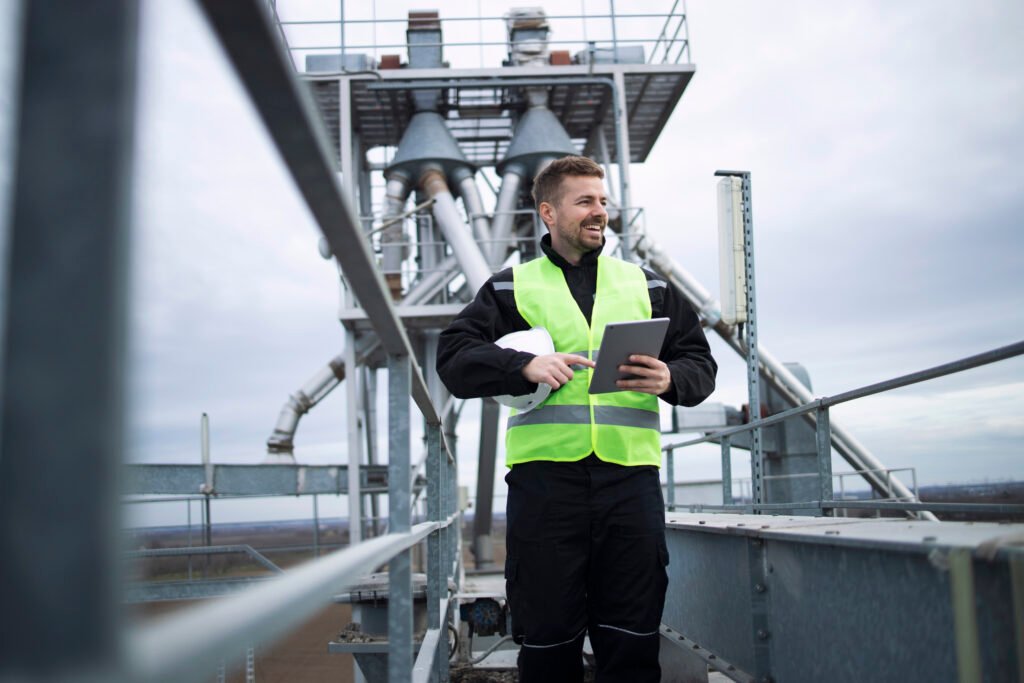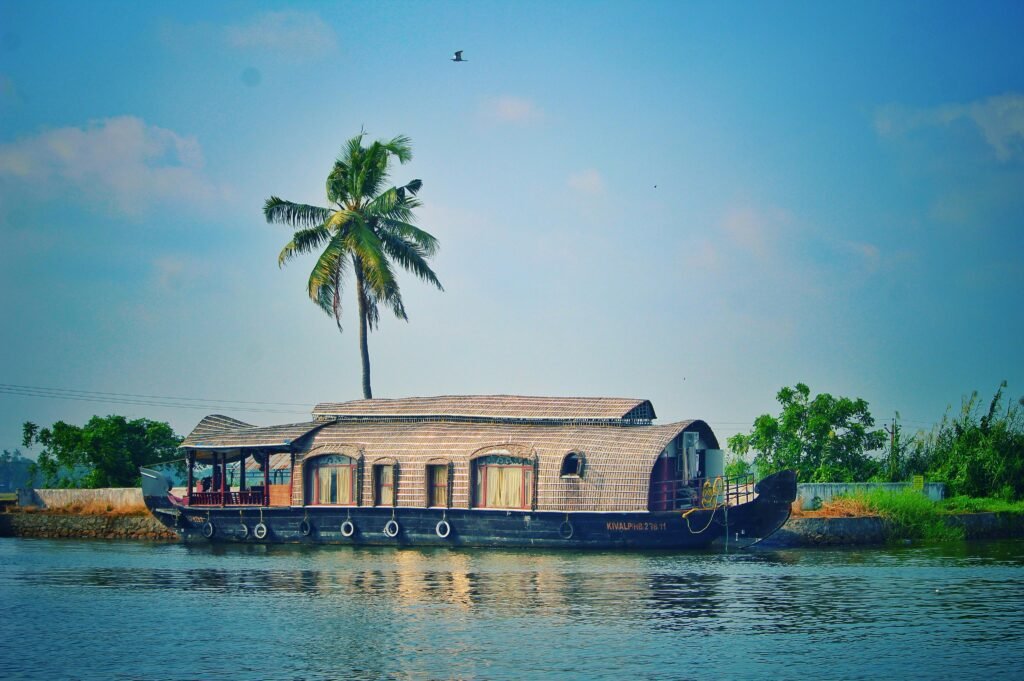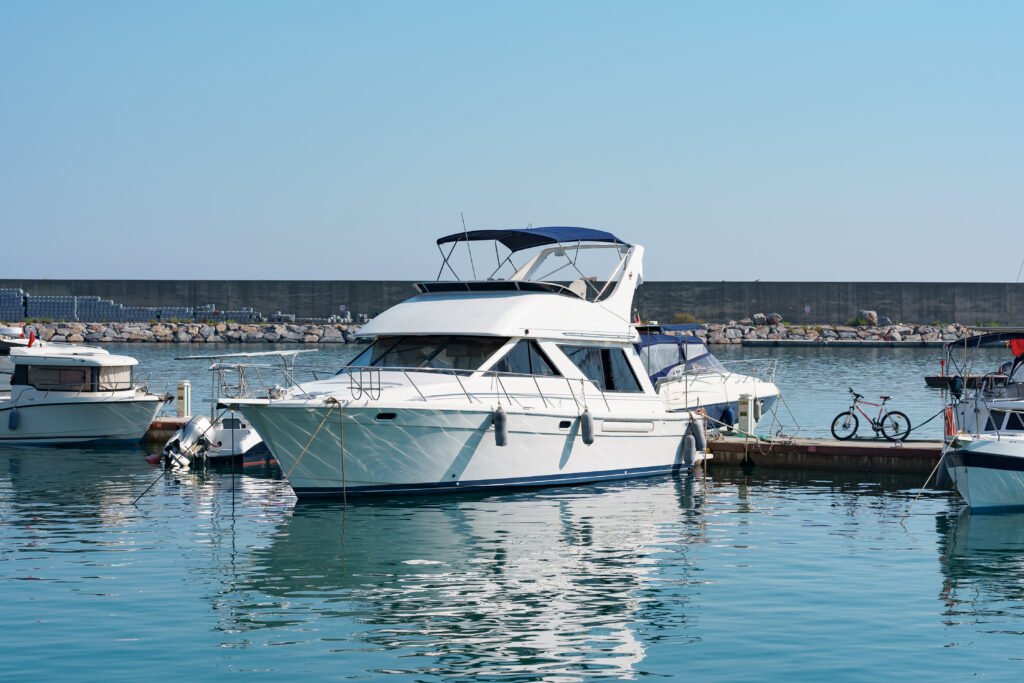Maritime Security- A Global Concern
The world heavily relies on maritime trade for transportation of goods, energy resources, and global connectivity. With increasing globalization and the rise in terrorist activities, maritime security has become a paramount concern. Adequate security measures are necessary to protect vessels, ports, offshore installations, and the lives of those involved in maritime activities.
Enhancing Vessel Security
Vessels are the lifeline of global trade, with thousands of ships navigating the seas every day. To ensure their safety, modern maritime security measures focus on various aspects:
Vessel Tracking Systems: Sophisticated vessel tracking technologies are employed to monitor the movements of ships in real-time. Satellite-based systems like Automatic Identification System (AIS) and Long Range Identification and Tracking (LRIT) enable authorities to track vessels, identify suspicious behavior, and respond promptly to any security threats.
Onboard Security Personnel: Shipping companies are increasingly employing trained security personnel to enhance onboard safety. These security professionals are equipped with maritime-specific skills and are trained to handle emergency situations, deter piracy attacks, and protect the crew and cargo.
Secure Communication Networks: Robust and encrypted communication systems ensure secure transmission of information between vessels and onshore authorities. These networks facilitate effective coordination and response during emergencies, enabling quick and efficient assistance to vessels in distress.
Protecting Ports and Offshore Installations
Ports and offshore installations are critical junctions in the maritime ecosystem, where millions of tons of cargo are handled, and energy resources are extracted. Strengthening the security of these vital infrastructures requires comprehensive measures:
Surveillance Systems: Sophisticated surveillance technologies, such as closed-circuit television (CCTV), thermal imaging cameras, and radar systems, are deployed to monitor ports and offshore installations. These systems provide real-time monitoring, threat detection, and identification of unauthorized activities.
Access Control Mechanisms: Strict access control measures ensure that only authorized personnel and cargo enter port premises. Biometric systems, smart ID cards, and facial recognition technologies are employed to verify the identity of individuals and prevent unauthorized access.
Port Facility Security Plans: Ports adhere to the International Ship and Port Facility Security (ISPS) Code, which sets guidelines for maintaining the security of ports and offshore facilities. These plans encompass comprehensive risk assessments, emergency response procedures, and security drills to enhance preparedness and response capabilities.
Future Trends in Maritime Security
The constant evolution of technology and emerging threats necessitate continuous advancement in maritime security measures. Here are some future trends poised to shape the maritime security landscape:
Big Data Analytics: The assimilation and analysis of vast amounts of data can reveal patterns and anomalies, aiding in predictive modeling and early threat detection. Implementing big data analytics solutions will allow authorities to proactively identify potential security breaches and take preventive measures.
Drone Surveillance: Autonomous drones equipped with high-resolution cameras and sensors can revolutionize maritime surveillance. These unmanned aerial vehicles can monitor vast areas, gather real-time data, and provide critical support during search and rescue operations.
Cybersecurity: As maritime operations embrace digitalization, the risks of cyber threats increase substantially. Robust cybersecurity systems are essential to protect vessels, ports, and other maritime infrastructure from malicious cyber-attacks that could disrupt operations or compromise safety.
Ensuring safety at sea is a collective responsibility that requires constant vigilance, innovation, and collaboration. The latest maritime security measures discussed in this blog post underscore the continuous efforts to strengthen vessel security and protect ports and offshore installations. As technology continues to advance and new threats emerge, it is imperative for maritime stakeholders to adapt and invest in robust security measures. Only through these collective efforts can we guarantee the safety and security of those who explore the enchanting depths of the sea.




